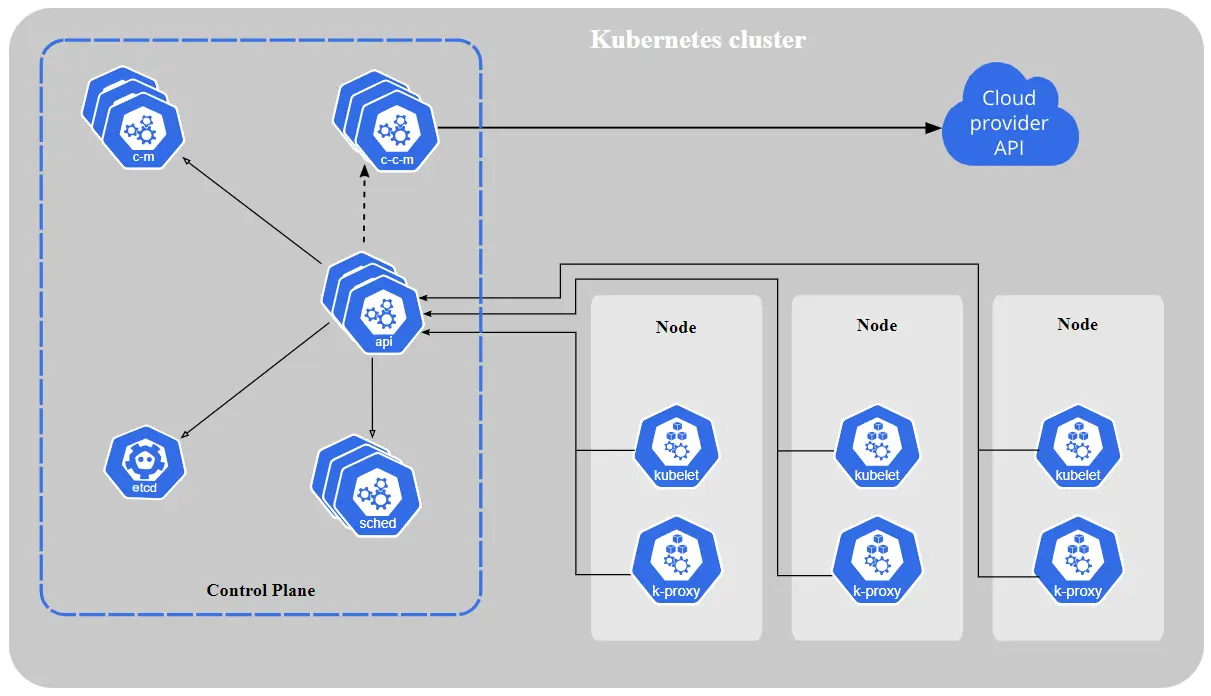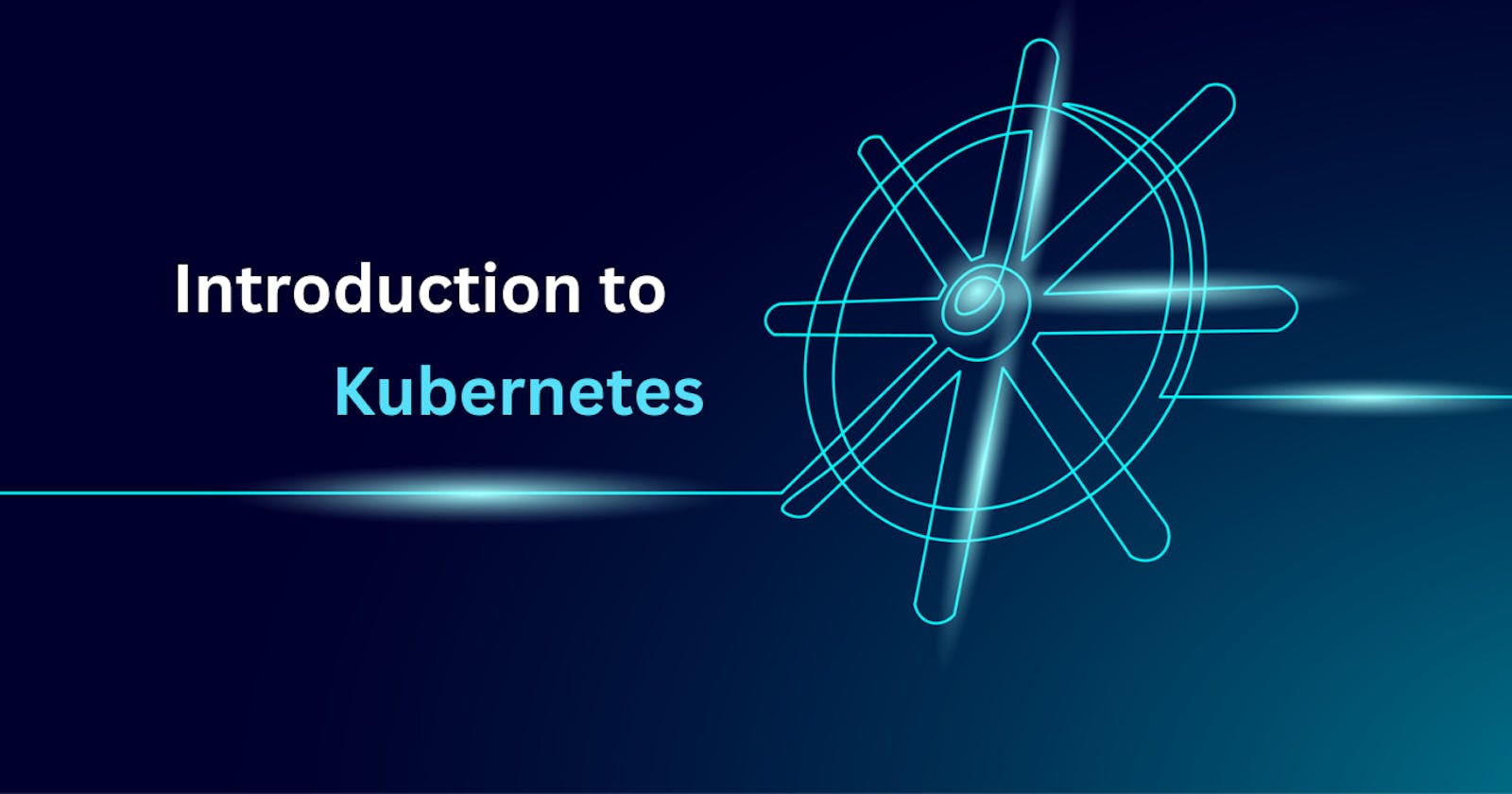In today's digital landscape, delivering applications to millions of users while managing various servers, updates, and components can be a daunting task. This challenge is addressed through the concept of distributed computing, where multiple components work together seamlessly to provide a cohesive user experience. One essential tool in achieving effective distributed computing is Kubernetes.
Why Kubernetes?
Kubernetes addresses the complexity of managing numerous containers across multiple servers. Imagine having an application with thousands of containers, each handling different tasks such as authentication logic, user recommendation, and more. As the application grows and user traffic increases, the need for scaling becomes paramount, requiring the addition of new servers to handle the load efficiently. Kubernetes streamlines this process, drawing from Google's expertise in managing large-scale workloads, and provides a robust framework for deploying, scaling, and managing containerized applications.
What is Kubernetes?
Kubernetes is a powerful system designed to manage containerized applications across different infrastructures. It provides a platform-agnostic framework for automating deployment, scaling, and managing containerized applications. Let's break down some key components of Kubernetes to understand its functionality better.
Hardware:
Node: At the core of Kubernetes is the "node," which serves as the basic building block providing computing power to the Kubernetes system. Nodes can range from physical machines in data centers to virtual machines hosted on cloud providers. Each node contributes to the computing resources available to the Kubernetes cluster.
Cluster: A "cluster" is a collection of nodes working together, forming a pool of machines that share resources and collaborate to run containerized applications. Clusters offer benefits such as better resource management, improved fault tolerance, and scalability, allowing applications to handle varying levels of workload seamlessly.

Persistent Volumes: Kubernetes leverages "persistent volumes" for long-term data storage. Unlike data stored on individual nodes, persistent volumes ensure data availability even if containers or nodes change. They act as reliable storage systems attached to the cluster, providing a stable storage solution for applications.
Software:
Containers: Kubernetes uses containers to package applications and their dependencies into a single process. Containers offer portability, consistency, and efficiency by bundling everything needed to run an application, making deployment and management more straightforward.
Pods: A "pod" is a higher-level structure in Kubernetes that groups one or more containers together. Pods share network and storage resources, making it easier for containers within the pod to communicate and collaborate. Kubernetes manages pods, ensuring they run efficiently across nodes in the cluster.
Deployments: Kubernetes uses "deployments" to manage multiple replicas of pods, automatically replacing failed instances and ensuring that the desired state of the application is maintained. Deployments simplify the scaling and management of application instances within the cluster.
![4. Working with Kubernetes Objects - Cloud Native DevOps with Kubernetes, 2nd Edition [Book]](https://www.oreilly.com/api/v2/epubs/9781098116811/files/assets/cndk_0401.png)
Service: Kubernetes defines a "service" as a logical set of pods with a stable interface. Services provide a single entry point to access pods, abstracting the complexity of pod management and ensuring seamless communication between components.
![4. Working with Kubernetes Objects - Cloud Native DevOps with Kubernetes [Book]](https://www.oreilly.com/api/v2/epubs/9781492040750/files/assets/cndk_0402.png)
Ingress Controller: To handle external traffic into the cluster, Kubernetes employs an "Ingress Controller." This component manages external access to services within the cluster, routing requests to the appropriate pods and enabling efficient communication with external systems.
Kubernetes Architecture:
The architecture of Kubernetes revolves around the Kubernetes Control Plane, which consists of several key components:
Etcd Storage: A distributed key-value store used to store configuration data and represent the overall state of the cluster.
Kube API-Server: The central management entity that exposes the Kubernetes control plane via an API, allowing users and clients to interact with the cluster.
Scheduler: Responsible for assigning workloads (pods) to specific nodes in the cluster based on resource utilization and deployment requirements.
Controller Manager: Monitors the cluster's shared state and works towards ensuring the desired state of the system is maintained by making necessary adjustments.
On the worker nodes, components like Kubelet, Proxy, and Container Runtime work together to ensure smooth operations within the cluster, managing containers, networking, and resource allocation efficiently.
In Conclusion:
Kubernetes simplifies the management of distributed applications by providing a robust framework for container orchestration, resource management, and scalability. Developers interact with Kubernetes through the Kube API server, leveraging its powerful features to deploy, scale, and manage applications seamlessly across nodes in the cluster. Welcome to the world of Kubernetes, where managing complex distributed systems becomes streamlined, efficient, and scalable!

